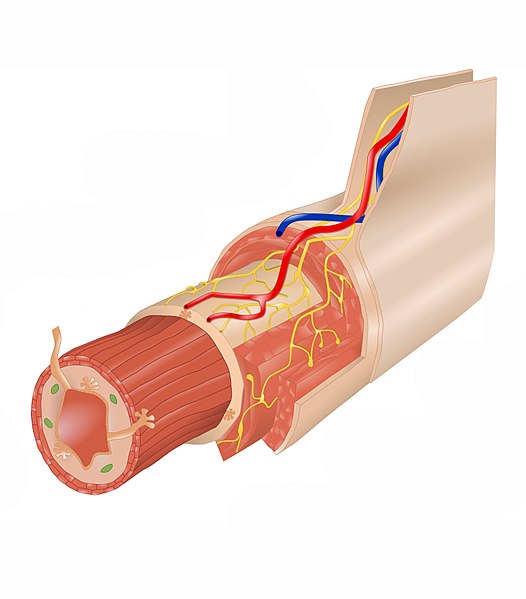By Mariam Malik ‘22

Autism is the most rapidly rising developmental disability across the globe and approximately 90% of people affected experience gut-related issues with no obvious connection. But researchers at RMIT University in Australia have found equal gene mutations in both the gut and the brain that could explain this phenomenon in those with autism.
It has been previously discovered that a specific gene mutation causes the developmental disorder by causing an alteration in the “velcro” of neurons, or the material that keeps them relatively close together. Neuroligin‐3 (NL3) R451C was the first gene identified as the cause of autism. Chief investigator and associate professor Elisa Hill-Yardin and her team gathered mice and bred a group of NL3 mice, which possessed the alteration in the gene. Furthermore, the enteric nervous system (ENS) regulates GI secretion and motility, and is made up of two layers: the myenteric and submucosal neuronal plexuses, which go down along the entirety of the GI tract. Therefore, to track GI motility, each mice’s colon was fully dissected and contractile motor activity was measured. To measure the mobility of the small intestine, mice were fed a red dye and the researchers tracked to see how far of a distance it traveled up the small intestine. The team’s objective was to discover if this NL3 mutation in the group of mice affected synaptic signaling and neuronal numbers in the ENS, causing GI discomfort.
The research team found that the NL3 R451C mutation significantly transforms the enteric nervous system, disturbs gut microbe populations in mice, and causes GI dysfunction. A mutation in the “velcro” gene affects several processes such as gut contractions, the number of neurons in the small intestine, the speed that food goes through the small intestine, and most importantly, the response to a neurotransmitter important in autism since the gene causes changes in neuronal connections. The finding offers a strong base for new research that could further explore how gene mutations in the nervous system are connected with microbes in one’s gut. Since the correlation between the two exists, it could be possible that the effects of the gene mutation could be minimized for those with autism.
References:
- S. Hosie, et al., Gastrointestinal dysfunction in patients and mice expressing the autism‐associated R451C mutation in neuroligin‐3. Autism Research, (2019). doi:10.1002/aur.2127
- Image retrieved from: https://cnx.org/contents/lPvBytyq@8/Overview-of-the-Digestive-System
